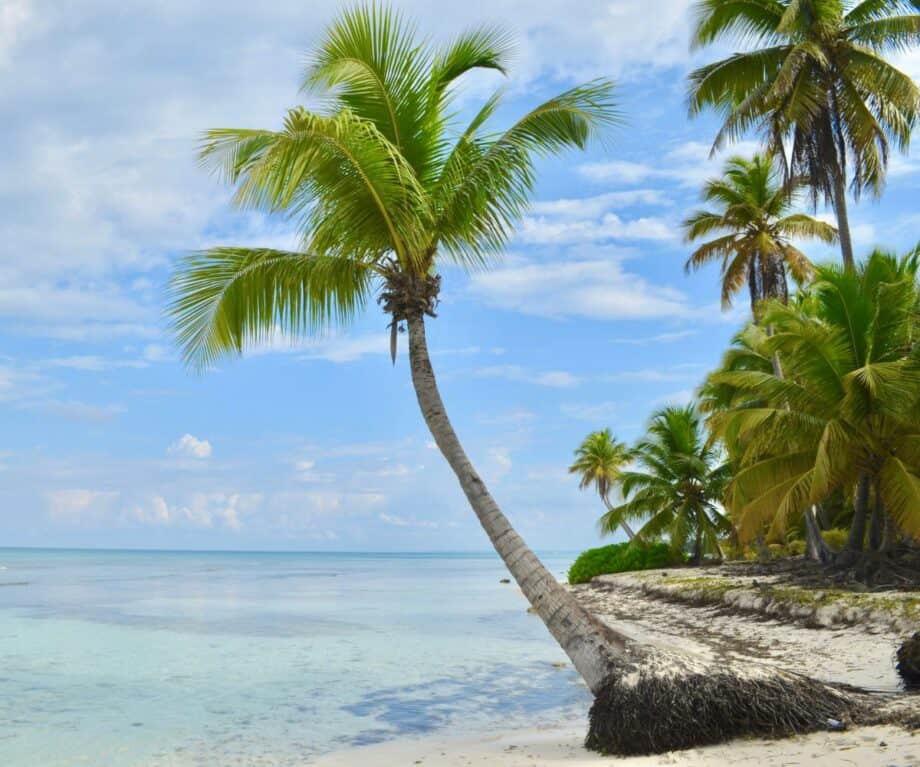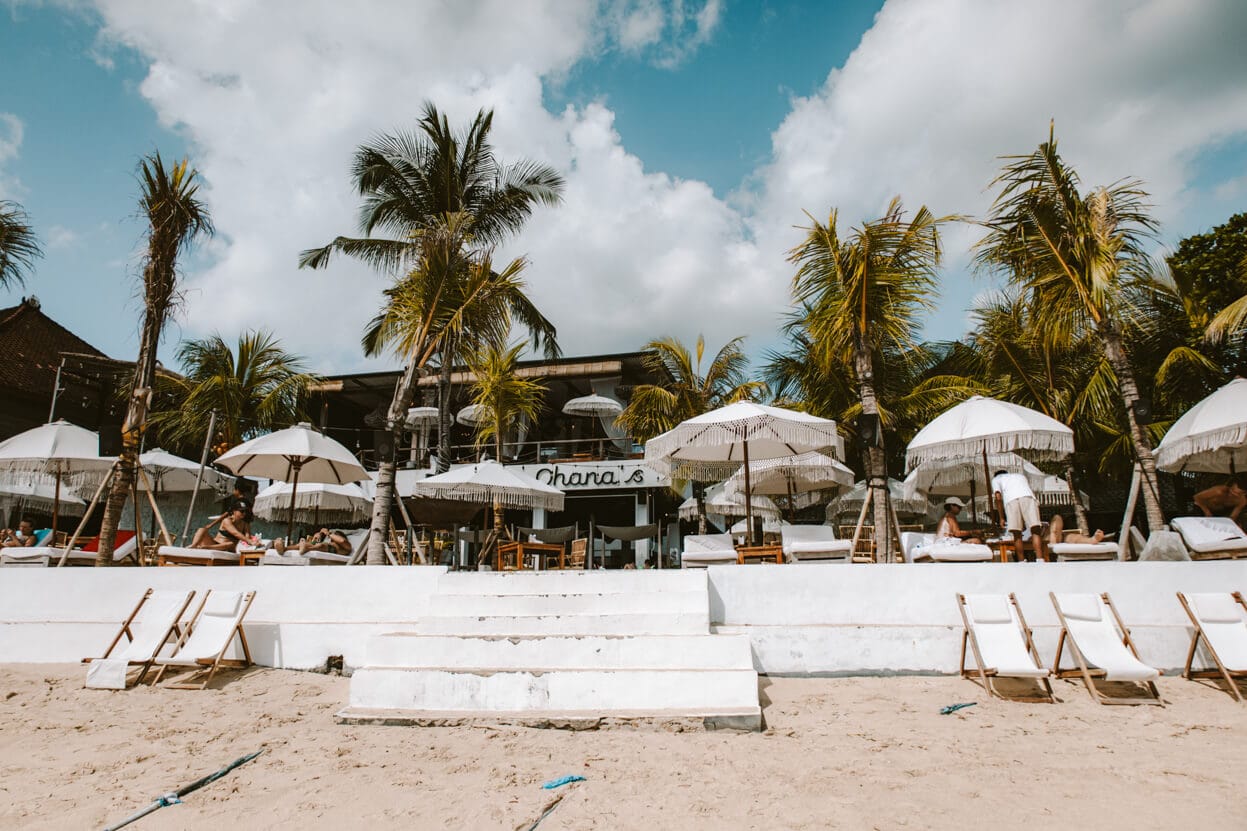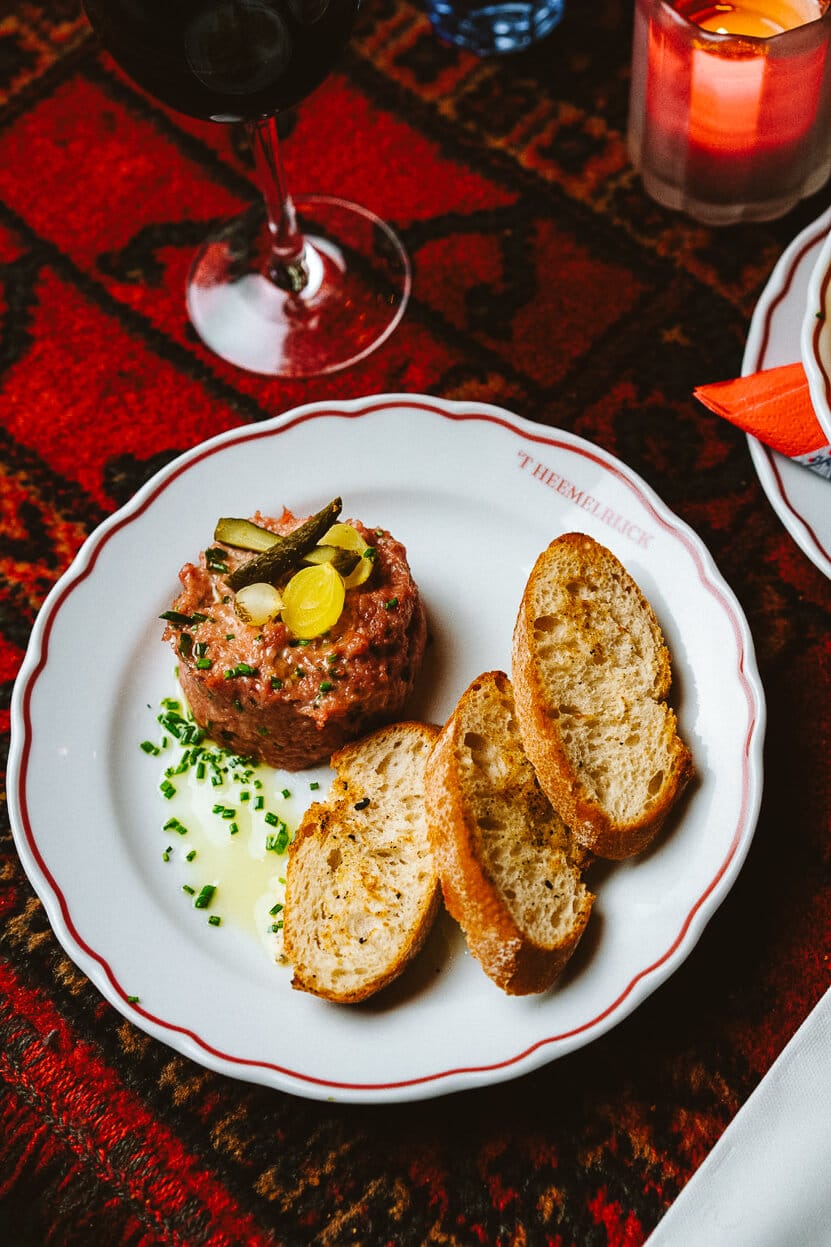Thailand is a captivating country with a rich and diverse cultural heritage. From ancient Buddhist traditions to vibrant festivals, delectable cuisine, and renowned martial arts, the kingdom offers a unique tapestry of customs and practices that have evolved over centuries. This article will guide you through the enchanting world of Thai culture and traditions, allowing you to immerse yourself in the country’s remarkable history and contemporary practices.
- Immerse Yourself in Thailand's Ancient Buddhist Roots
- Thai Cuisine: A Flavorful Fusion of Influences
- Muay Thai: The Art of Eight Limbs
- Vibrant Festivals Celebrating Thai Culture and Traditions
- Thai Art and Architecture: A Testament to Creativity
- The Revered Thai Monarchy
- Thai Silk: Weaving a Legacy of Elegance
- Thai Music and Dance: Rhythmic Expressions
- Exploring the Thai Language and Scripts
-
FAQ
- What is the significance of Buddhism in Thai culture and traditions?
- What are some of the renowned martial arts traditions in Thailand?
- What are some of the vibrant festivals that celebrate Thai culture and traditions?
- What are the key elements of Thai art and architecture?
- What is the significance of the Thai monarchy in the country's culture and traditions?
- What is the cultural significance of Thai silk?
- How does Thai music and dance reflect the country's cultural heritage?
- What is the significance of the Thai language and scripts?
Key Takeaways
- Thailand’s cultural heritage encompasses a rich blend of ancient Buddhist traditions, vibrant festivals, and renowned martial arts like Muay Thai.
- The country’s cuisine reflects a flavorful fusion of influences, showcasing the diverse culinary landscape.
- Thai art and architecture, including intricate temples and palaces, are a testament to the nation’s creativity and craftsmanship.
- The revered Thai monarchy has played a significant role in shaping the country’s cultural identity and traditions.
- Exploring the Thai language and scripts provides insights into the country’s linguistic heritage.
Immerse Yourself in Thailand’s Ancient Buddhist Roots
Buddhism has been deeply woven into the fabric of Thai society for centuries, shaping the country’s beliefs, customs, and way of life. The predominant form of Buddhism in Thailand is Theravada, which emphasizes personal spiritual development and the adherence to the teachings of the Buddha.
The Influence of Theravada Buddhism
Theravada Buddhism, a branch of the oldest surviving school of Buddhism, has had a profound impact on Thai culture and traditions. This ancient faith’s core principles, such as mindfulness, compassion, and the pursuit of enlightenment, are deeply ingrained in the daily lives of Thai people.
Revered Temples and Monasteries
Across the nation, awe-inspiring temples and monasteries stand as symbols of Thailand’s devotion to this ancient religion, serving as centers of worship, meditation, and community. From the iconic Wat Phra Kaew in Bangkok to the serene Wat Rong Khun in Chiang Rai, these sacred spaces captivate visitors with their intricate architecture, vibrant colors, and the peaceful atmosphere that permeates them.
“Temples in Thailand are not merely places of worship, but living embodiments of the country’s rich cultural heritage.”
As you immerse yourself in the Buddhist heritage of Thailand, you’ll discover a profound connection to the country’s past and an opportunity to cultivate your own spiritual journey. Whether you’re exploring the awe-inspiring temples or participating in traditional Buddhist practices, this journey will leave a lasting impression on your heart and mind.
Thai Cuisine: A Flavorful Fusion of Influences
The culinary landscape of Thailand is a captivating tapestry, woven with the vibrant flavors and diverse culinary influences from across the region. Thai cuisine is renowned for its harmonious balance of sweet, sour, salty, and spicy elements, creating a truly unique and memorable gastronomic experience.
Inspired by the culinary traditions of neighboring countries, as well as ancient royal recipes, Thai cuisine is a delectable fusion of cultural influences. From the iconic pad thai to the rich, creamy curries, the versatility and complexity of Thai food make it a beloved culinary delight for travelers and food enthusiasts alike.
| Signature Thai Dishes | Key Ingredients |
|---|---|
| Pad Thai | Rice noodles, shrimp, eggs, bean sprouts, crushed peanuts |
| Tom Yum Goong | Shrimp, lemongrass, kaffir lime leaves, galangal, fish sauce |
| Massaman Curry | Coconut milk, potatoes, onions, peanuts, spices |
The diverse flavors and textures of Thai cuisine have captivated palates around the world, making it a must-try culinary experience for anyone visiting Thailand or exploring the rich gastronomic heritage of Southeast Asia.
“Thai food is the national cuisine of a country that loves food. It is, in its essence, a marriage of centuries-old Eastern and Western influences, adapted to the Thai palate.” – David Thompson, renowned Australian chef and author on Thai cuisine
Muay Thai: The Art of Eight Limbs
Muay Thai, the renowned Thai martial art, is often referred to as the “Art of Eight Limbs.” This dynamic fighting style combines the use of fists, elbows, knees, and shins, creating a captivating and powerful display of skill and discipline. Rooted in centuries-old traditions, Muay Thai has captivated audiences worldwide, showcasing the rich heritage and philosophy of Thai culture.
History and Philosophy of Muay Thai
Muay Thai’s origins can be traced back to the 16th century, when it was developed as a form of close-quarter combat for Thai warriors. Over the centuries, this martial art evolved, incorporating elements of honor, discipline, and respect, which have become integral to its practice. The philosophical underpinnings of Muay Thai emphasize the importance of mental and physical balance, making it not just a fighting technique but a way of life.
Training and Competitions
Mastering the art of Muay Thai requires extensive training and dedication. Aspiring practitioners undergo rigorous physical and mental conditioning, honing their skills in areas such as footwork, striking, and defensive techniques. Muay Thai competitions, known as “Muay Thai matches,” are held worldwide, showcasing the athleticism, strategy, and sportsmanship of the fighters.
From its historical roots to its modern-day global popularity, Muay Thai continues to captivate and inspire. This “Art of Eight Limbs” is not just a martial art but a testament to the rich cultural heritage and philosophy of Thailand, making it a must-experience for those seeking to immerse themselves in the country’s remarkable traditions.

“Muay Thai is not just a fighting technique, but a way of life that emphasizes honor, discipline, and respect.”
Vibrant Festivals Celebrating Thai Culture and Traditions
Thailand is renowned for its captivating thai festivals that showcase the country’s rich cultural heritage. Two of the most renowned celebrations are Songkran, the Thai New Year, and Loy Krathong, the Festival of Lights. These events bring communities across Thailand together, offering an immersive experience through traditional music, dance, and time-honored rituals.
Songkran: The Thai New Year
Songkran, the Thai New Year, is a vibrant celebration that typically takes place in mid-April. This festival is marked by the symbolic washing of Buddha images and the playful exchange of water, representing the cleansing of the soul and the renewal of life. Locals and visitors alike participate in lively water fights, creating an atmosphere of pure joy and camaraderie.
Loy Krathong: The Festival of Lights
The Loy Krathong festival, celebrated in November, is a captivating event that honors the goddess of water. During this festival, people release intricate, candle-lit floats, known as krathongs, onto rivers and waterways, creating a mesmerizing display of light and serenity. The act of letting go of the krathongs symbolizes the release of negative emotions and the embrace of new beginnings.
These vibrant thai festivals not only showcase the country’s cultural richness but also provide an opportunity for both locals and visitors to immerse themselves in the enchanting traditions that have been passed down through generations.
“Participating in Thai festivals is like stepping into a kaleidoscope of color, culture, and community. It’s an experience that truly captures the essence of this remarkable country.”
Thai Art and Architecture: A Testament to Creativity
Thailand’s artistic heritage is a captivating blend of influences, showcasing the remarkable creativity of its people. From the awe-inspiring architecture of magnificent temples and palaces to the intricate craftsmanship of traditional Thai artisanry, the kingdom’s artistic expression is a testament to its rich cultural legacy.
Intricate Temples and Palaces
The architectural marvels of Thailand are a true feast for the senses. The Grand Palace in Bangkok, with its ornate spires and gleaming golden roofs, stands as a shining example of the country’s mastery of thai art and architecture. Equally captivating are the intricate carvings, intricate murals, and breathtaking attention to detail that adorn the walls and corridors of these architectural masterpieces.
Traditional Thai Crafts and Artisanry
Beyond the grand buildings, Thailand’s thai art and architecture is also celebrated for its vibrant and diverse crafts. From the delicate silk weaving traditions to the skilled woodcarving and metalwork, Thai artisans have honed their skills over generations, producing exquisite pieces that showcase the country’s rich cultural heritage. These handcrafted treasures not only captivate visitors but also serve as a testament to the enduring creativity and artistry of the Thai people.
| Craft | Distinguishing Features |
|---|---|
| Thai Silk Weaving | Vibrant colors, intricate patterns, and a luxurious feel |
| Woodcarving | Intricate designs, often featuring Buddhist or nature-inspired motifs |
| Metalwork | Ornate and highly detailed pieces, including Buddha images and decorative items |
The artistic achievements of Thailand continue to captivate and inspire visitors from around the world, offering a unique window into the country’s rich cultural heritage and enduring creativity.
The Revered Thai Monarchy
The Thai monarchy holds a hallowed and respected position within Thai culture and society. The royal family, led by the King, is deeply admired and seen as a symbol of national unity and tradition. The Thai people have a profound respect for the monarchy, and many cultural practices and ceremonies are closely tied to the royal institution. The monarchy’s influence extends beyond politics, shaping the country’s cultural identity and preserving centuries-old customs.
The Thai King is revered as the head of state and the embodiment of the nation. The monarchy is not just a political entity but also a revered institution that holds deep cultural significance. The Thai people view the King as a benevolent and just ruler who cares for the well-being of his subjects.
The royal family is deeply involved in various aspects of Thai society, from promoting education and cultural preservation to supporting environmental initiatives and charitable causes. The King and Queen are respected for their dedication to the country and their commitment to serving the people.
| Monarch | Reign | Significant Achievements |
|---|---|---|
| King Bhumibol Adulyadej | 1946 – 2016 | Longest-reigning monarch in Thai history, renowned for his commitment to social and economic development, and for being a unifying force in the country. |
| King Vajiralongkorn | 2016 – present | Continuing the legacy of the Thai monarchy, focusing on modernizing the institution and strengthening the country’s international ties. |
The Thai monarchy remains a powerful and respected institution, deeply intertwined with the nation’s cultural identity and the lives of its people. The reverence and admiration the Thai people hold for their royal family is a testament to the enduring significance of the Thai monarchy in shaping the country’s past, present, and future.

Thai Silk: Weaving a Legacy of Elegance
The art of Thai silk weaving has been a cherished tradition in Thailand for centuries. Skilled artisans have passed down their techniques through generations, creating exquisite textiles renowned worldwide for their vibrant colors and intricate patterns. From the iconic Jim Thompson silk to the captivating designs of the Baan Khao Sarn community, Thai silk represents a living legacy that continues to inspire and captivate people across the globe.
The Art of Thai Silk Weaving
The process of creating Thai silk is a meticulous and labor-intensive endeavor. Skilled weavers utilize traditional techniques, such as hand-dyeing and intricate loom work, to transform raw silk threads into breathtaking textiles. Each step of the process, from the cultivation of silkworms to the final product, is imbued with a deep respect for the craft and a commitment to preserving the unique heritage of Thai silk.
Vibrant Colors and Intricate Patterns
The hallmark of Thai silk lies in its dazzling array of colors and mesmerizing patterns. Weavers draw inspiration from the natural world, incorporating elements of Thai culture and mythology into their designs. From the bold, jewel-toned hues of the Thai silk to the delicate, intricate motifs that adorn the fabric, each piece is a testament to the artistry and creativity that defines this remarkable textile tradition.
| Thai Silk Type | Distinctive Features | Notable Designs |
|---|---|---|
| Mudmee Silk | Ikat-dyed patterns with intricate designs | Geometric, floral, and animal motifs |
| Brocade Silk | Elaborate, woven-in patterns and textures | Mythical creatures, court scenes, and religious symbols |
| Khit Silk | Supplementary weft threads create intricate designs | Delicate patterns inspired by nature and Thai culture |
“Thai silk is not just a fabric; it is a canvas for the rich tapestry of Thai culture, history, and artistry. Each piece tells a story, woven with the threads of tradition and the vibrant colors of the kingdom.”
Thai Music and Dance: Rhythmic Expressions
Thai music and dance are integral parts of the country’s rich cultural heritage, reflecting the nation’s artistic sensibilities and spiritual beliefs. Traditional Thai music, with its distinctive instrumentation and melodic structures, has evolved over centuries, captivating audiences with its unique sound. Meanwhile, classical Thai dance forms, such as the graceful Khon and the energetic Likay, continue to enthrall viewers with their intricate movements and captivating storytelling.
These rhythmic expressions not only entertain but also preserve the essence of Thai culture, connecting the past with the present. From the hypnotic beats of the ching (finger cymbals) to the graceful hand gestures of the Khon dancers, Thai music and dance offer a window into the country’s rich cultural heritage.
Whether you’re attending a traditional Thai music performance or witnessing the spectacle of a Likay dance drama, you’ll be immersed in a world of beauty, spirituality, and cultural significance. These rhythmic expressions are not just entertainment – they are a testament to the enduring creativity and traditions of the Thai people.
As you explore the vibrant tapestry of Thai culture, be sure to experience the captivating world of Thai music and dance. These rhythmic expressions will leave you with a deeper appreciation for the country’s rich heritage and a newfound connection to the heart and soul of Thailand.
Exploring the Thai Language and Scripts
The Thai language, with its unique script and tonal qualities, is an integral part of Thailand’s cultural identity. Originating from ancient Tai languages, Thai has developed its own distinctive written and spoken forms, which are deeply intertwined with the country’s customs and traditions. Understanding the Thai language, its nuances, and its various dialects can provide a deeper appreciation for the country’s cultural heritage and facilitate meaningful interactions with the local people.
The Thai script, known as the Thai alphabet, is a writing system that consists of 44 consonants, 15 vowel symbols, and 4 tone marks. This complex script, which evolved from the Khmer script, adds to the richness and complexity of the Thai language. Mastering the Thai script can be a rewarding challenge for visitors, as it unlocks a deeper understanding of the country’s cultural and linguistic traditions.
Beyond the written language, the Thai language is also characterized by its tonal qualities, with five distinct tones that can significantly impact the meaning of words. Navigating these tonal variations is crucial for effective communication, as the same word pronounced with a different tone can convey a completely different meaning. Learning to recognize and reproduce these tonal nuances can greatly enhance one’s ability to engage with the local Thai population and immerse oneself in the culture.
FAQ
What is the significance of Buddhism in Thai culture and traditions?
Buddhism has been deeply woven into the fabric of Thai society for centuries, shaping the country’s beliefs, customs, and way of life. The predominant form of Buddhism in Thailand is Theravada, which emphasizes personal spiritual development and the adherence to the teachings of the Buddha. Across the nation, awe-inspiring temples and monasteries stand as symbols of Thailand’s devotion to this ancient religion, serving as centers of worship, meditation, and community.
What are some of the renowned martial arts traditions in Thailand?
Muay Thai, often referred to as the “Art of Eight Limbs,” is a renowned Thai martial art that has captivated audiences worldwide. Rooted in centuries-old traditions, Muay Thai combines the use of fists, elbows, knees, and shins, creating a dynamic and powerful fighting style. Beyond its physical prowess, Muay Thai is also steeped in philosophies of honor, discipline, and respect, making it an integral part of Thai culture and heritage.
What are some of the vibrant festivals that celebrate Thai culture and traditions?
Thailand is renowned for its vibrant and colorful festivals that celebrate the country’s rich cultural heritage. Among the most notable are Songkran, the Thai New Year, and Loy Krathong, the Festival of Lights. These events bring together communities across Thailand, showcasing traditional music, dance, and rituals that have been passed down through generations. From the iconic water fights of Songkran to the mesmerizing release of floating lanterns during Loy Krathong, these festivals provide an immersive and unforgettable experience for both locals and visitors alike.
What are the key elements of Thai art and architecture?
Thai art and architecture are a testament to the country’s rich artistic heritage and the enduring creativity of its people. From the intricate designs and ornate details of magnificent temples and palaces to the masterful craftsmanship of traditional Thai artisans, the kingdom’s artistic expression showcases a remarkable blend of influences and techniques. Whether it’s the awe-inspiring architecture of the Grand Palace in Bangkok or the delicate craftsmanship of Thai silk weaving, the artistic achievements of Thailand continue to captivate and inspire visitors from around the world.
What is the significance of the Thai monarchy in the country’s culture and traditions?
The Thai monarchy holds a revered and respected position within Thai culture and society. The royal family, led by the King, is deeply admired and seen as a symbol of national unity and tradition. The Thai people have a profound respect for the monarchy, and many cultural practices and ceremonies are closely tied to the royal institution. The monarchy’s influence extends beyond politics, shaping the country’s cultural identity and preserving centuries-old customs.
What is the cultural significance of Thai silk?
Thai silk is renowned worldwide for its exceptional quality, vibrant colors, and intricate patterns. The art of Thai silk weaving has been passed down through generations, with skilled artisans using traditional techniques to create these exquisite textiles. From the iconic Jim Thompson silk to the Baan Khao Sarn community’s intricate designs, Thai silk represents a living tradition that continues to captivate and inspire people across the globe.
How does Thai music and dance reflect the country’s cultural heritage?
Thai music and dance are integral parts of the country’s rich cultural heritage, reflecting the nation’s artistic sensibilities and spiritual beliefs. Traditional Thai music, with its distinctive instrumentation and melodic structures, has evolved over centuries, while classical Thai dance forms, such as the graceful Khon and the energetic Likay, continue to captivate audiences with their intricate movements and storytelling. These rhythmic expressions not only entertain but also preserve the essence of Thai culture, connecting the past with the present.
What is the significance of the Thai language and scripts?
The Thai language, with its unique script and tonal qualities, is an integral part of Thailand’s cultural identity. Originating from ancient Tai languages, Thai has developed its own distinctive written and spoken forms, which are deeply intertwined with the country’s customs and traditions. Understanding the Thai language, its nuances, and its various dialects can provide a deeper appreciation for the country’s cultural heritage and facilitate meaningful interactions with the local people.










